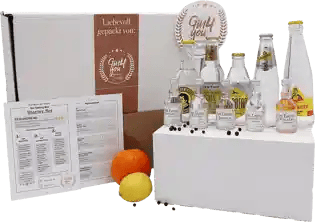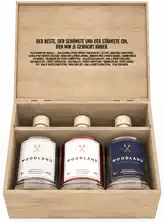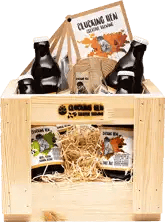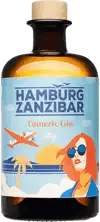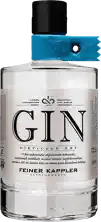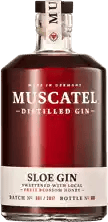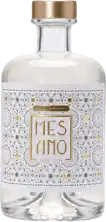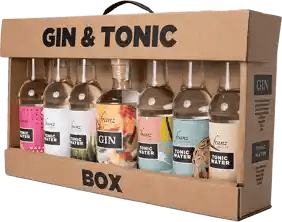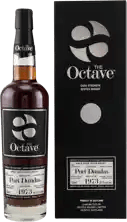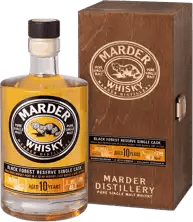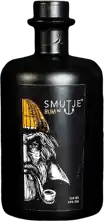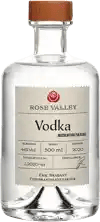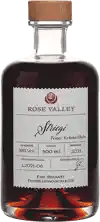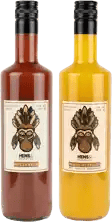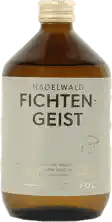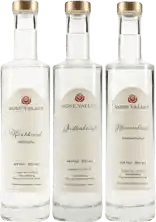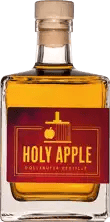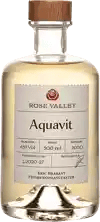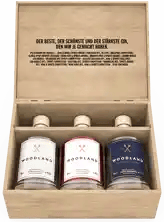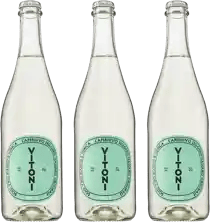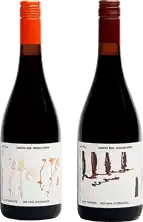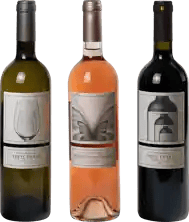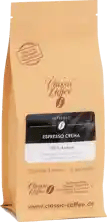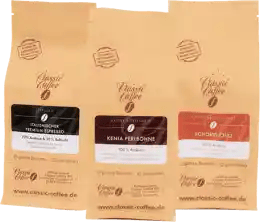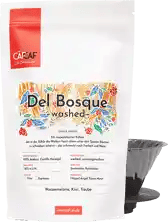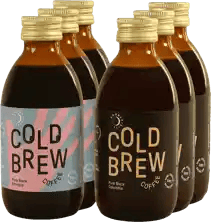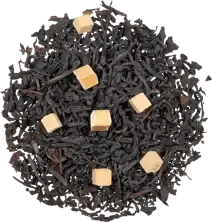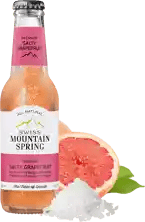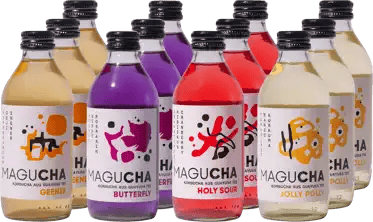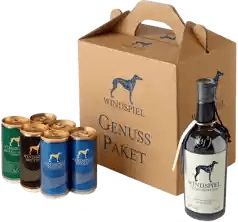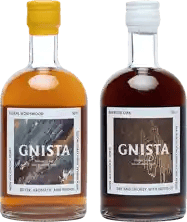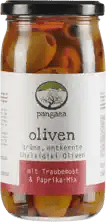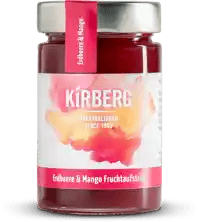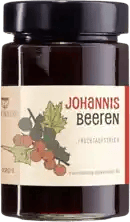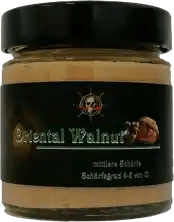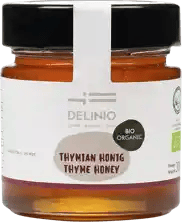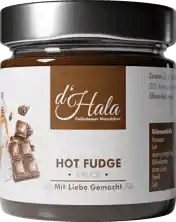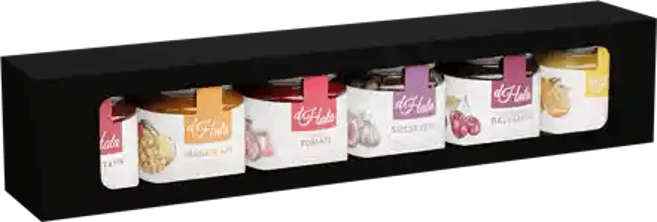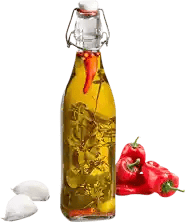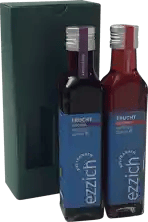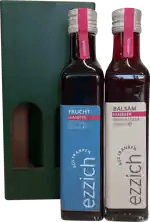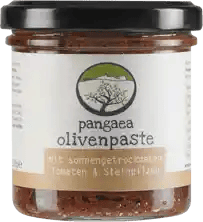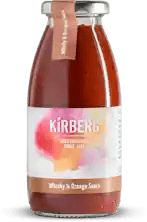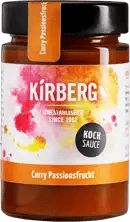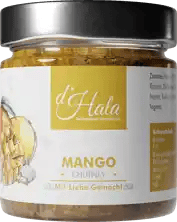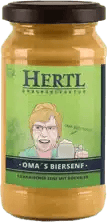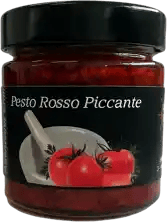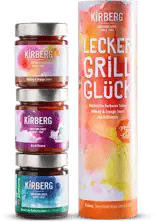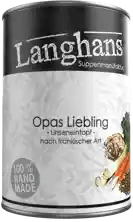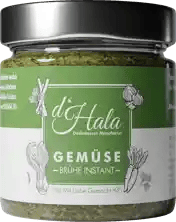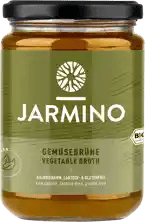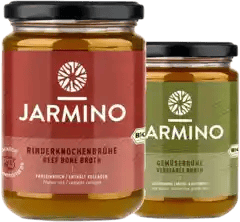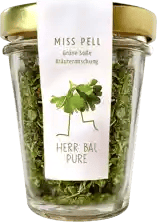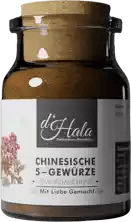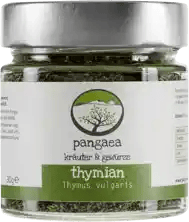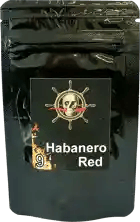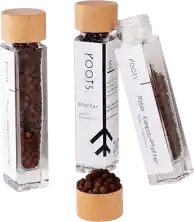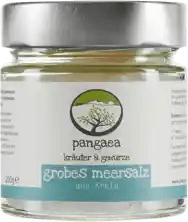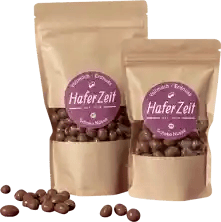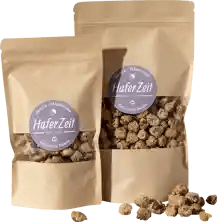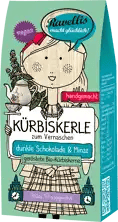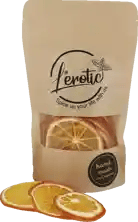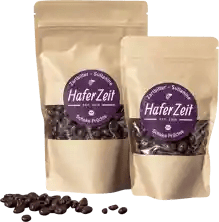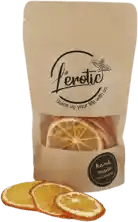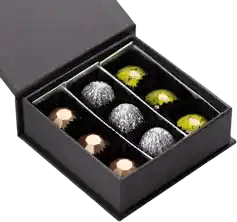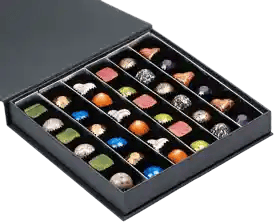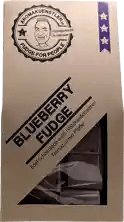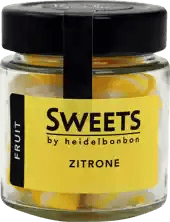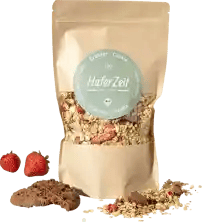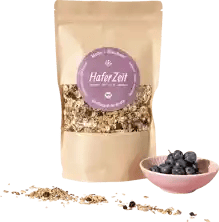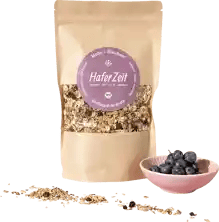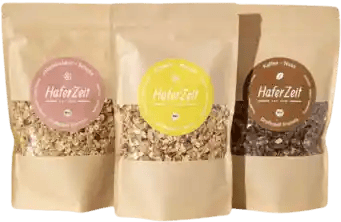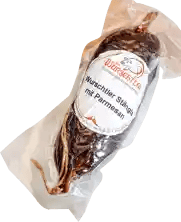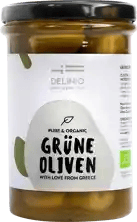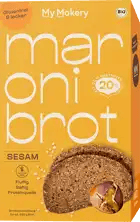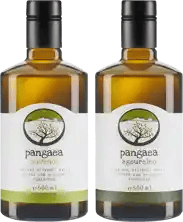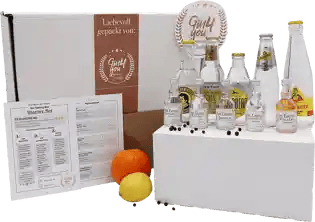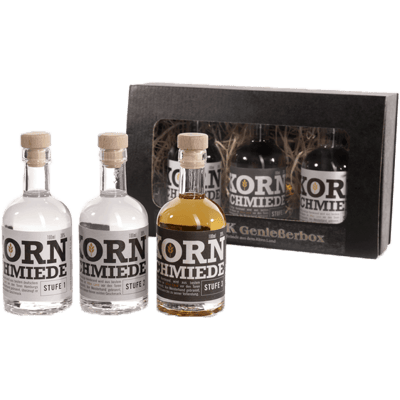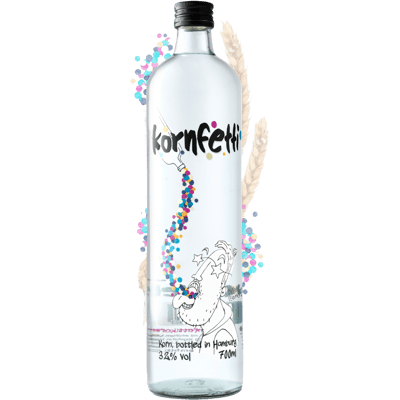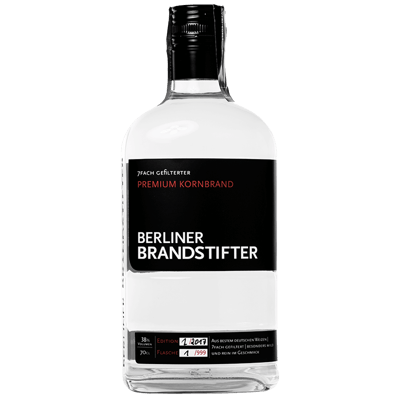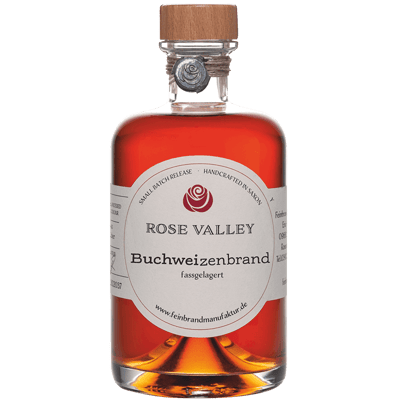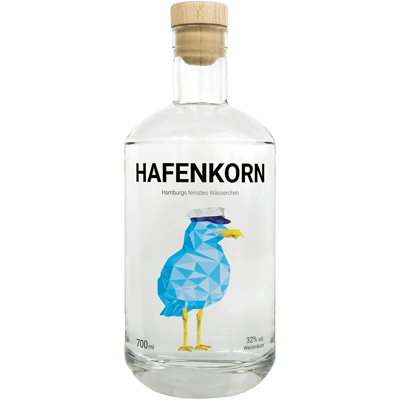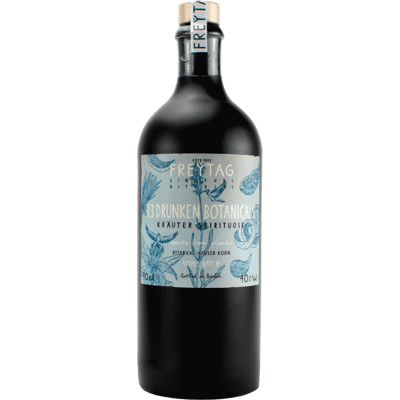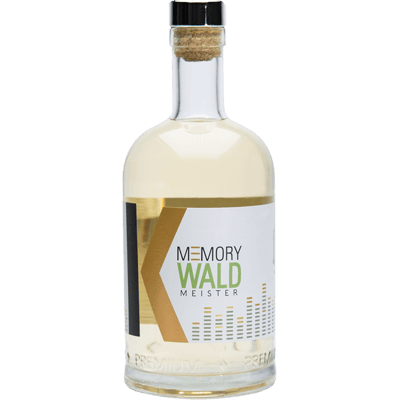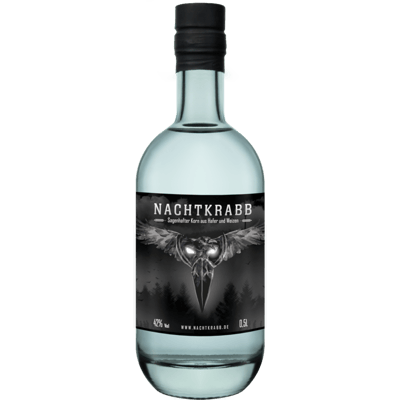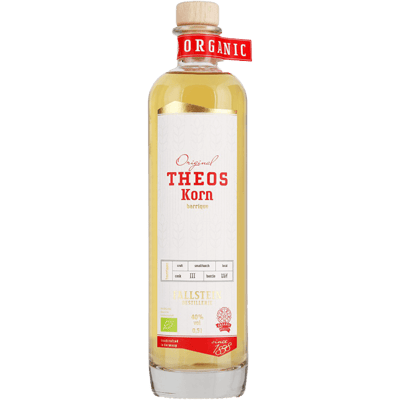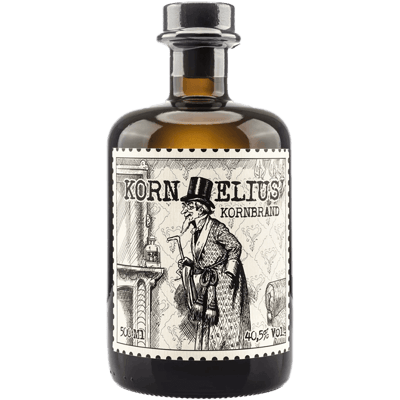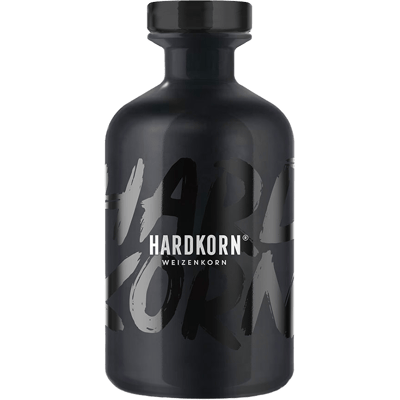Quality instead of quantity!
6,000 independent products
No mainstream
6.000 independent products
What is grain and how is it made?
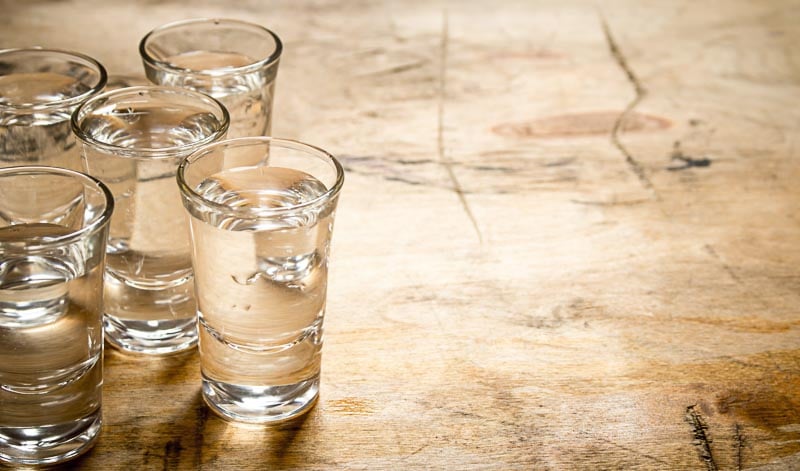
It is a "hidden champion" with a real image problem: Korn. The mostly clear spirit made from grain is a German spirit with an alcohol content of at least 32% and a history stretching back over 500 years. Why it was long frowned upon as a "cheap working-class spirit" is no longer entirely clear. Yet Korn or Kornbrand is a high-quality product with its own purity law - and it is currently attracting a growing fan base. Reason enough to take a closer look at the eventful history of this aromatic brandy.
In our range, you will find several grain schnapps and brandies made by hand. Take a look here: To the Korn range
Three siblings: Korn, Kornbrand and Doppelkorn
A brief clarification of terms first: As mentioned, the title "Korn" is linked to an alcohol content of at least 32% by volume. If the alcohol content reaches the 37.5 percent mark, the spirit may be called "Kornbrand". Finally, "Doppelkorn" has an alcohol content of 38 percent. All three variants may only be produced from the grain varieties rye and wheat, barley and oats as well as buckwheat. The vast majority is made from wheat or rye. Korn may only be produced in Germany, Austria and the German-speaking regions of Belgium.

Korn has been part of German drinking culture for over 500 years.
History: 500 years and an iron purity law
The sometimes adventurous history of Korn begins with a tax: in 1507, a Kornbrand tax was introduced for the first time in the Thuringian town of Nordhausen. Historians suspect that the brewers of the time were behind this, who feared for the price of grain because the need to compete with grain brandy made it more expensive. After a brief period of complete prohibition and subsequent regulation, grain experienced a steep rise in the middle of the 17th century as the preferred drink of the upper classes. In 1789, the first purity decree was issued, stating that only water may be added to the grain distillate, which still applies today. During the turmoil of the First and Second World Wars, grain distillation was banned from time to time: Due to food shortages and later also because copper and brass kettles were confiscated and melted down for the arms industry. Meanwhile, illicit distilling flourished underground, as did an unfortunate adulteration that severely damaged the image of grain.
In the young Federal Republic of Germany, grain distilleries then rapidly increased their production - which made the clear spirit the "people's schnapps", especially in the 1960s. The so-called "Herrengedeck" became extremely popular: Korn plus a glass of beer. The apple schnapps flavored with fruit juice was long regarded as "the" party drink par excellence. In the decades that followed, the popularity curve of Korn flattened out for reasons that are not clearly understood. Recently, however, there have been increasing efforts to put this traditional and versatile spirit back on the bar shelf.

Grain forms the basis of every grain
The production process: how 85% alcohol by volume is created
The production of grain begins with the grinding of the grain in the grist mill. The addition of hot water creates a mass with a paste-like consistency, the so-called sour mash. At the same time, malt is produced, usually from barley: soaked in water, the grain forms certain enzymes that later convert the starch contained in the sour mash into sugar. The combination of sour mash and malt thus becomes sweet mash. The yeast that is then added ferments the sugar into alcohol. Only at this point does the actual distillation process begin. The alcohol, which escapes as steam, is distilled several times to filter out unwanted flavors and odors. Korn is distilled at least twice, Doppelkorn more often. The final, so-called fine grain distillate contains around 85% alcohol by volume.
The distillate is diluted with water to drinking strength. Logically, the type and taste of the water also determine the taste of the finished grain. This is why spring water is the preferred choice here. High-quality grain brandies are stored over oak wood before dilution to create a harmonious bouquet - which gives them a slight color nuance and flavor accents.
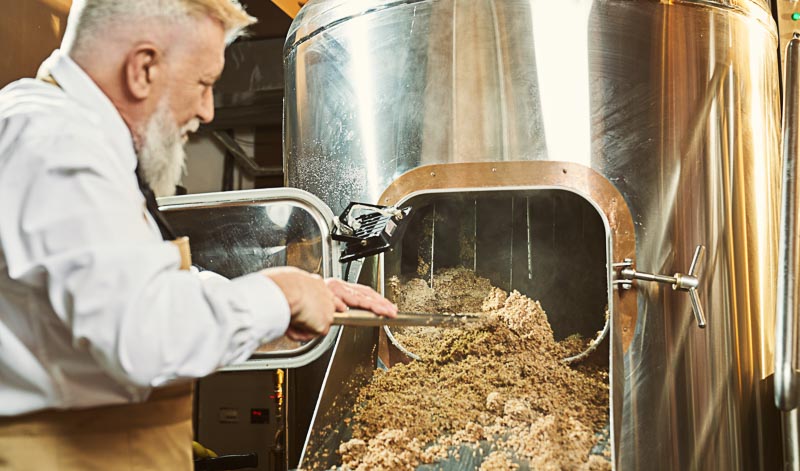
The Korn production process involves several steps.
Ready for the organic seal and regional certificate
According to EU Regulation 110/2008, Korn may not be flavored or contain any other additives. Incidentally, this distinguishes it from the trendy spirit gin, which is usually initially also a grain spirit and only becomes gin after further processing with botanicals and juniper. And vodka is also mostly a grain spirit, while the potato variant has lost importance. The grain purity requirement also stipulates that not only must the grain originate from German-speaking countries (Germany, Austria, parts of Belgium), but that production must also only take place in the same place. Korn would therefore be ideally suited for an organic label and the "from the region" certificate.
What do Korn, Kornbrand and Doppelkorn taste like?
As mentioned above, the classification of Korn, Kornbrand and Doppelkorn is based on the alcohol content. Basically, German Korn tastes relatively neutral - similar to vodka. However, subtle differences can be identified:
Korn made from wheat
- Minimum alcohol content 32 percent
- very mild
- Minimal notes of grain
- Drinking temperature: chilled
Grain from rye
- Minimum alcohol content 32 percent
- spicy aftertaste
- aromatic
- Drinking temperature: chilled
Grain brandy
- Minimum alcohol content 37.5 percent
- Depending on the variety: full-bodied, round, soft to spicy
- Depending on storage: with selected notes
- Drinking temperature: as desired from cold to room temperature
Doppelkorn
- Minimum alcohol content 38 percent
- nevertheless hardly smells of alcohol
- Depending on the variety, with a slight cereal accent
- Drinking temperature: mostly iced, but also room temperature
How is Korn drunk?
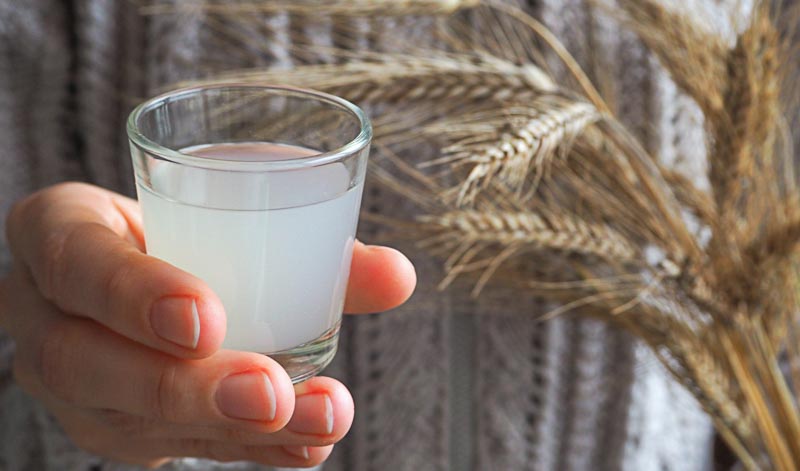
Traditionally, Korn is drunk neat
Pure, chilled, bottled in a slim shot glass - this is the classic way to enjoy Korn. But it is by no means the only one. To better develop the aroma, many Korn lovers swear by drinking it at room temperature. Korn is also a multi-talent when it comes to combinations with soft drinks: it can be mixed perfectly with cola and lemonade, energy drinks and iced tea or any conceivable fruit juice. As a base or ingredient for long drinks and cocktails, doppelkorn replaces vodka or gin with panache and verve. Tasty examples of this are Korn Basil Smash and Korn Mule.
So, just give it a try. You'll find an excellent selection of this traditional German spirit in our store. For your personal enjoyment: pure, cold or tempered or as a completely new cocktail variant.
Matching products to the article
Win a Hop Gin & Tonic Set!
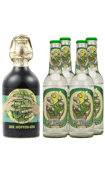
Win a
Hop Gin & Tonic Set (1x Gin, 4x Tonic)
worth 36€

It's never been so easy. Simply register now & join in!
Erfolg!
Klasse, jetzt musst du nur noch deine Anmeldung bestätigen. Dazu hast du eine E-Mail im Postfach.
Recent articles
-
25 AprWhat is kimchi? Korea's fermented vegetables
-
23 AprMoon Spirits Premium Dry Gin - a gin like moonlight
-
18 Apr"Our sausage contains Franconia" - A portrait of the Wurschtler
-
13 AprWhat is the difference between coffee and espresso?
-
11 AprWhat is mascarpone? Info, alternatives & more
-
09 Apr"Trees instead of fences" - a portrait of Wildlieb
-
04 AprTruffles - interesting facts about the noble delicacy
-
26 MarLow carb - All about a low-calorie diet
-
12 MarExplosive aromas & harmonious balance - ver in an interview about Vermouth
Brilliant!

Bitte bestätige deine Anmeldung noch eben - du hast eine Bestätigungsmail von uns. Klicke darin auf den Link. Danach bekommst du deinen Rabattgutschein.

